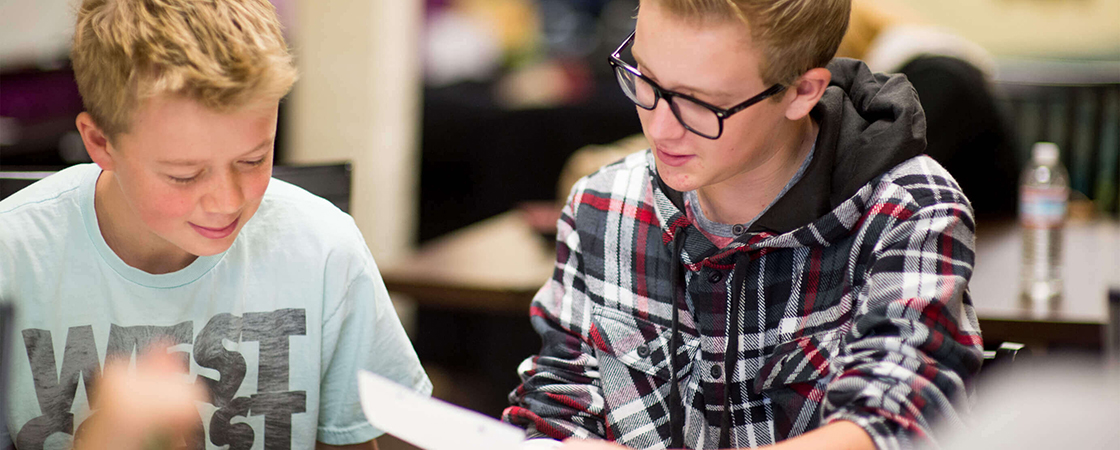The buzz about micro schools has been building, and if you’re like me, you might intuitively picture a small school, but wonder what truly defines the movement. To find out more, I recently attended a panel session at SXSWedu discussing this “new” school model, and its viability and role in the emerging education landscape. I use the word “new” with a little wink, as historically, all schools were small, community-run efforts. It’s not until the radical shifts brought on by the industrial revolution that we began to see massive schools becoming the norm.
The SXSWedu panel described micro schools as diverse in their mission and model. Some rely heavily on technology and a blended approach to learning; others move away from technology and towards philosophies like Montessori. Many micro schools focus on a student-centered approach and a process of discovery or project-based learning. Regardless, micro schools seem to be universally defined by student enrollment of 150 or less and often site Dunbar’s number. According to Robin Dunbar, once a group of people becomes too large, the relationships within that group begin to lose strength and more restrictive social rules are required to maintain stability.
Consider this within the context of a large high school and the emergence of cliques, bullying, and isolation begin to make sense. It’s not surprising that the rise in bullying, incidence of depression in students, and a general disengagement from school has risen in parallel with the normalization of the very large high school. I don’t think we can blame all the ills of school on the large size, but it certainly seems one variable within our control that has a powerful impact on student outcomes.
In my own experience, I moved from a high school of roughly 1,600 students (which I loved) to a small school of 120 in my senior year (and I loved this school even more). Despite the upheaval of changing schools senior year, I experienced this change as very positive and felt more bonded to my peers in that last year, than I had to the students I spent three years with in the larger school. The small environment provided a deep sense of community from which I developed rich relationships, found the courage to engage deeply, risked trying new things, and stepped forward as a leader more than I ever had in school. Almost 25 years later, I still not only keep in touch with my classmates but I also regularly correspond with my Headmaster and English teacher, who is the reason I have a BA in Writing. I participated in the school play, joined a 20-mile backpacking trip across lava fields, became a peer counselor, played two different sports, and served as the vice president of my senior class. I accomplished a lot in my senior year, but I am still most proud of the fact that I felt safe enough to start asking questions in math and began to understand it for the first time ever! Before my micro school experience I had a solidly average self-image, and I’m pretty sure that is how everyone else saw me too. After my micro school experience, having been supported and cheered on by a community of peers and adults who really saw me, I felt ready to step into my adult life and tackle any challenge. I went on to UCSD, a large, competitive University and I am convinced that the reason I was able to thrive there was because I had a solid foundation that was built in a small, nurturing, responsive environment.
As a teacher and administrator, I gravitated to Fusion drawn by the relationships that were possible (I did teach briefly in a large school and it wasn’t for me). At Fusion, we didn’t initially identify as a micro school, but once the movement started, we realized that the definition fits us quite well. We have always been intentional about remaining small. As we began the process of joining new communities, we debated the merits of building multiple small schools vs one large school. There was simply no question in our minds that even though it might be easier to build one large school, we would be dismantling one of the most important aspects of our school community. Not all large school experiences are negative, but many of the students who come to Fusion are seeking refuge from bullying in a connected space in which to learn and grow. Our small size facilitates safety and relationship in ways that we do not believe we could replicate in a larger environment. Those relationships unlock the courage and potential of our students that amaze and thrill us. The flourishing of our students is why we show up every day.








